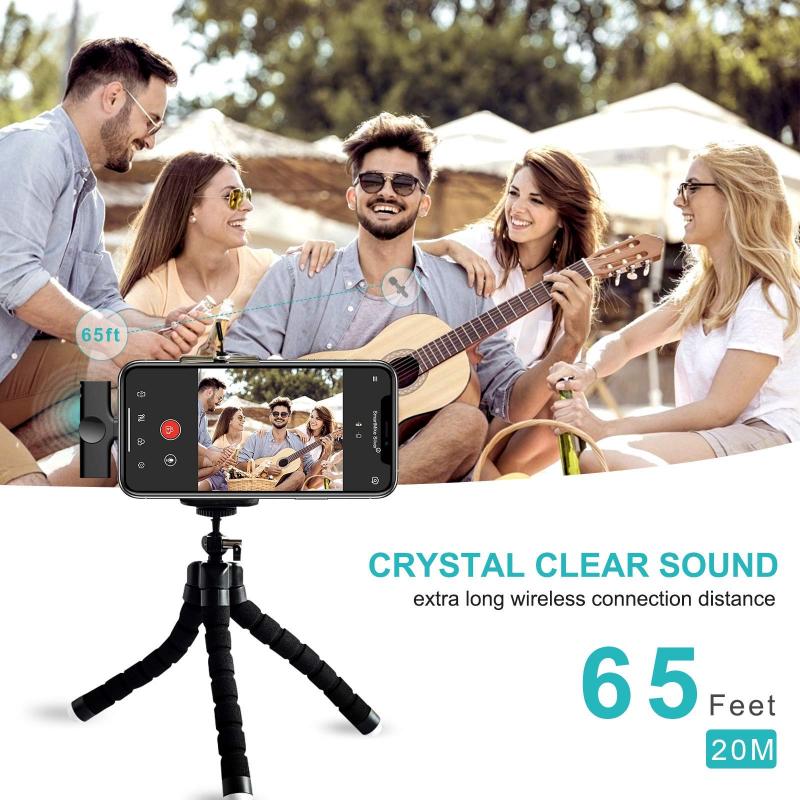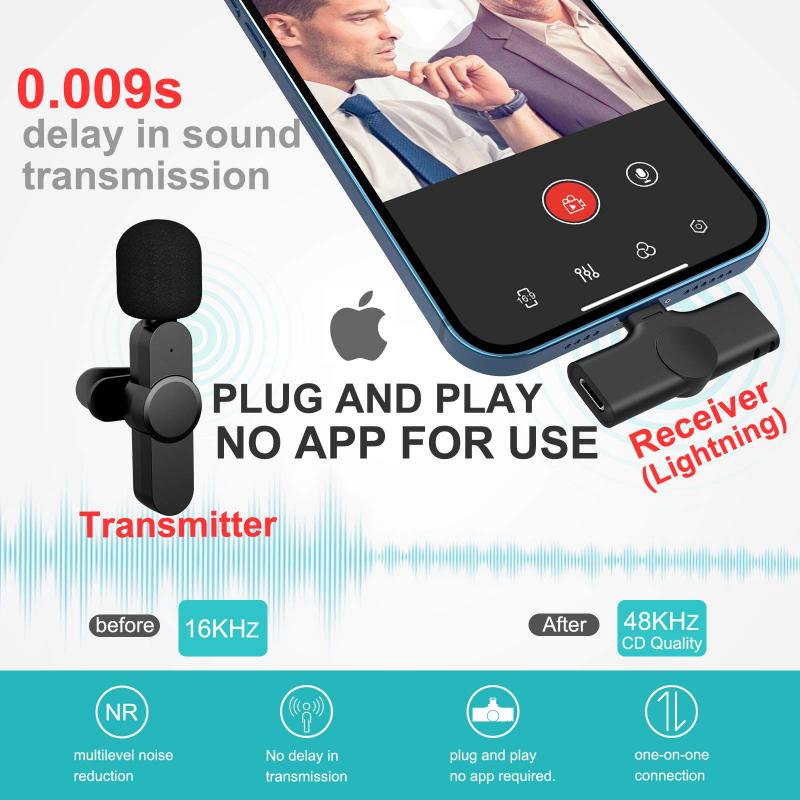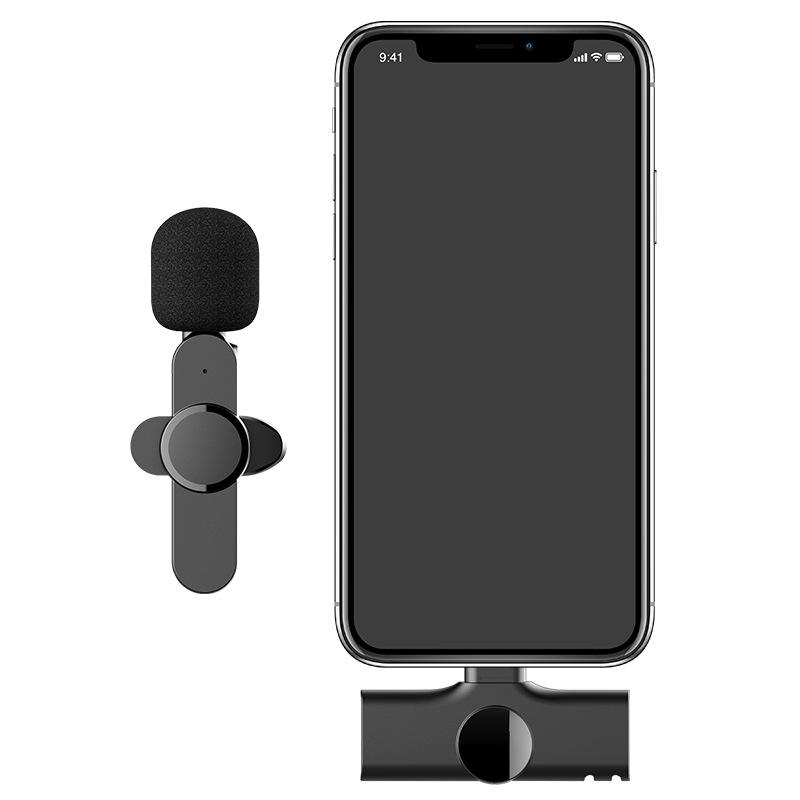How To Record Audio Stream On Pc?
In today's digital age, audio streams are ubiquitous, ranging from live broadcasts, podcasts, music from streaming services, to webinars and more. Often, people find themselves in situations where they need to record an audio stream on their PC for later listening or archiving purposes. This article serves as a comprehensive guide to understanding the tools, methods, and considerations for recording audio streams on a PC.
Why Record Audio Streams?

There are several reasons why someone might want to record an audio stream:
- Offline Listening: Internet connectivity isn't always reliable or available. Recording streams allow for offline access.
- Archiving Live Events: Important talks, interviews, or live broadcasts may not be available later.
- Content Creation: Creators often need snippets from streams for commentary or mash-ups.
- Study and Research: Students and researchers might want to archive lectures or talks for detailed analysis later.
Methods and Tools for Recording Audio Streams

Before diving into the actual recording process, understanding the different methods and tools available is crucial.
1. Built-in Recording Features
Many operating systems offer built-in features to record audio. While these might not be the most sophisticated methods, they can be a quick solution for simple tasks.
- Windows Sound Recorder: Windows provides a simple sound recorder that can capture audio input from a microphone. However, it may not directly record system audio.
- Voice Memos on macOS: Mac users can use the Voice Memos app for quick recordings. Though primarily for external audio, it records system audio with some tweaks.
2. Software Solutions
Several software applications have been designed to capture and record audio streams with varying levels of sophistication.
- Audacity: This is a popular, free, open-source audio recording and editing software. While it doesn't directly record desktop audio, using tools like 'Stereo Mix' or loopback features can enable audio capture.
- OBS Studio: Primarily used for video recording and streaming, OBS Studio can be configured to record audio streams effectively.
- Wondershare Streaming Audio Recorder: This dedicated tool automatically detects and records audio streams playing on your PC.
3. Web-Based Applications
There are web applications available that offer the ability to capture and download streaming audio, although their effectiveness can be variable.
- Apowersoft Online Audio Recorder: Easy to use with the ability to capture any sound, this web-based tool works directly from the browser.
- Online Voice Recorder websites: Such platforms can capture system audio, though the legality and quality can be concerns.
Steps to Record an Audio Stream on a PC

Here, we'll look at how you can record audio streams on your PC using reliable methods.
Using Audacity

1. Download and Install Audacity: Available on Windows, macOS, and Linux, ensure you download the appropriate version for your system.
2. Configure Input Source: On Windows, ensure 'Stereo Mix' or similar is active as the input source (right-click on sound tray icon > open sound settings > manage sound devices > enable Stereo Mix).
3. Recording: Open Audacity, select the input source where audio stream plays, hit the record button, and start your audio stream.
4. Save Your Recording: Once recorded, click stop and save your file in your desired format (WAV, MP3, etc.).
Using OBS Studio
1. Download and Install OBS Studio: Available for free on multiple operating systems.
2. Set Up Audio Sources: Add a new audio source capturing Desktop Audio or any specific application.
3. Start Recording: Configure the output format and other preferences, then start the recording and play the audio stream.
4. Stop and Save: Once done, stop the recording and the file is saved to the location specified in settings.
Legal Considerations
While recording audio streams can be tempting, it’s crucial to consider the legal implications. Many audio streams are protected under copyright laws, and unauthorized recording may infringe those laws. Always ensure you have permission to record content, especially if it’s meant for distribution or commercial use. Respecting intellectual property rights is not only a legal obligation but an ethical one.
Quality and Format Considerations
The quality of the recording largely depends on the source and the software settings. Here are some tips to ensure the best quality recording:
- Sample Rate: Ensure your sample rate matches the stream’s quality. Higher sample rates capture more data but require more storage.
- Bitrate: Higher bitrate results in better quality but larger file sizes. A balance between size and quality is necessary.
- File Format: Different formats serve different purposes; WAV is lossless and preferred for editing but larger in size. MP3 is compressed and more suitable for general listening.
Troubleshooting Common Issues
While recording, users may face several challenges. Here are troubleshooting tips for common problems:
- Audio Not Recording: Check if the correct audio source is selected and is not muted.
- Poor Quality: Ensure there’s no interference from other programs, close unnecessary applications, and check your sample rate settings.
- Outputs Saving Wrong: Double-check your save path and file format settings in the recording software.
Recording audio streams on a PC isn't an overly complex process if the right tools and procedures are followed. This guide should serve both beginners and those with some technical knowledge needing a refresher. With the rise of digital content, being equipped to effectively capture audio streams can enhance personal and professional productivity. Remember always to consider legal implications and prioritize audio quality to ensure valuable and usable recordings.
